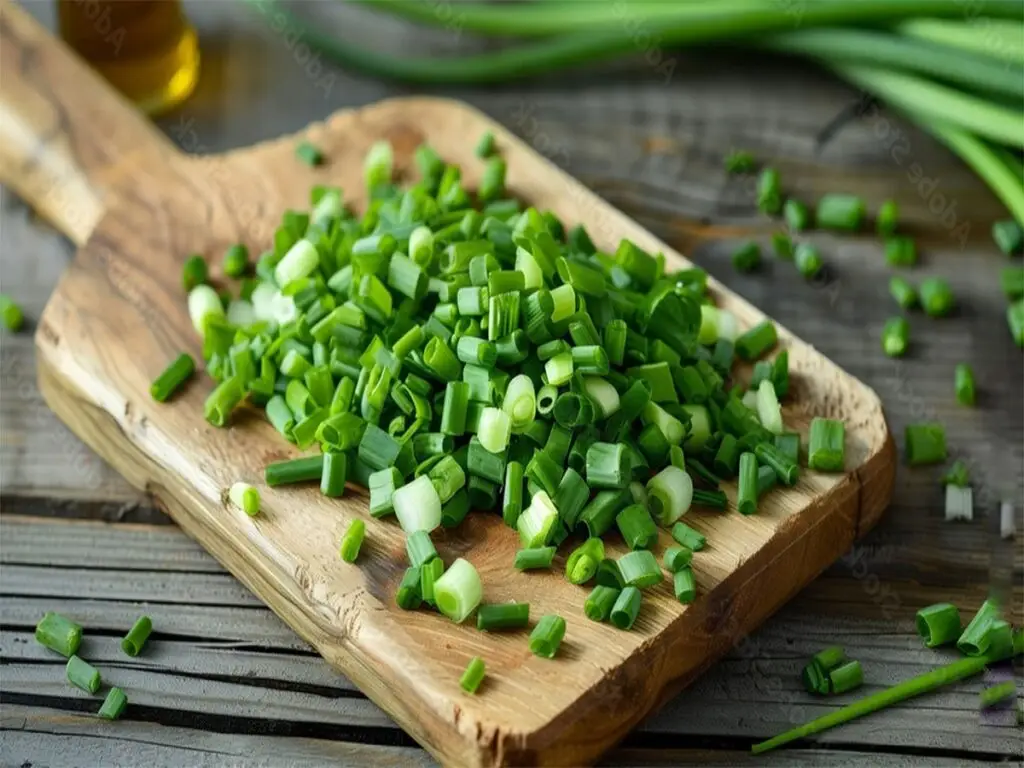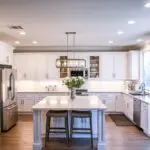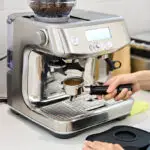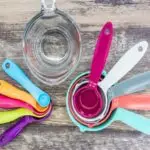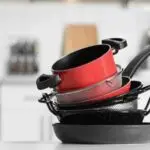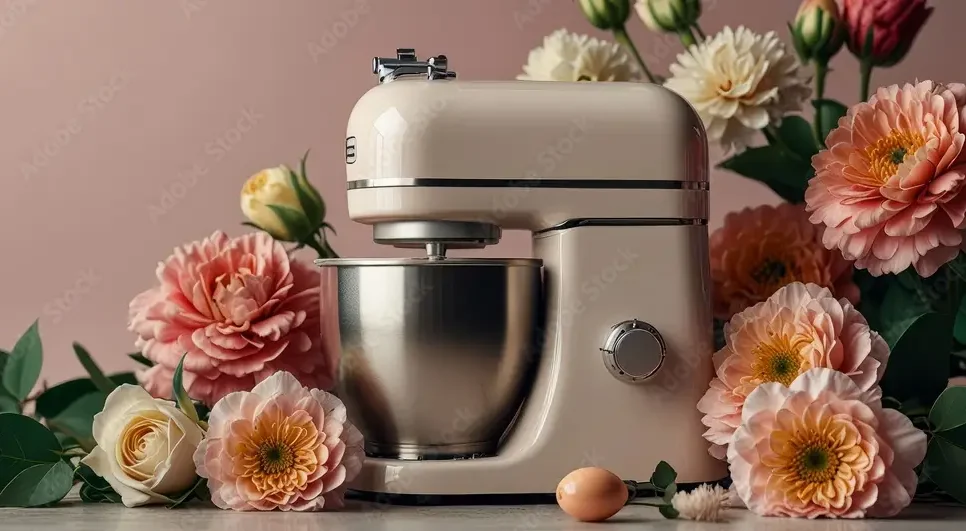Best Wood for Cutting Board
Introduction
The best wood for cutting board is necessary for every kitchen because it is where all food preparation starts. Choosing the wrong material for a cutting board affects not only your cooking but also its durability and cleanliness. Wooden cutting board is among the different materials available that are known to last long, look good, and be friendly to knives.
However, with many options around, how do you identify the best wood for Cutting Board? This article looks at some of the qualities that make particular types of woods better than others when used as wood for cutting boards to help you select wisely based on your culinary needs.
Best Wooden Cutting Board
When determining the best wood for a cutting board, hardness, grain structure, and overall durability should be considered. If a wood type is too soft then it can easily get damaged while those that are very hard will dull your knives.
Furthermore, the ability of the wood to resist moisture as well as bacteria is important in maintaining hygiene within the kitchen. This segment examines such features more deeply thus enabling one to make an informed choice.
Hardwoods vs Softwoods
Characteristics of Hardwoods
Hardwoods like maple, walnut, or cherry are often chosen over other kinds of woods because they are dense and tough thereby being long-lasting on a chopping surface. Such trees have close grains which prevent them from being cut into easily and scratched hence extending their life spans. In addition, hardwoods possess natural antibacterial properties making them safe for preparing food.
Characteristics of Softwoods
Although pine or cedar may not commonly be used when making cutting boards due to their softness there still exist some cases where individuals opt for these materials based on personal preferences or budget constraints; however, this does not mean such decisions come without consequences – softwood tends to dent easily under knife impact leaving behind marks that could host harmful microorganisms. Softwood boards might cost less but are fragile compared to hardwoods thus requiring frequent repairs which renders them impractical as far as durability is concerned.
Maple: The Popular Choice
Durability of Maple
One reason why maple is widely used in making wooden cutting boards is because it strikes a balance between being hard and dense. Fine grains coupled with closed pores prevent it from absorbing moisture which may lead to bacterial growth. Consequently, such boards can withstand heavy utilization without significant signs of wear.
Maintenance Tips for Maple Cutting Boards
Regular oiling using food-grade mineral oil helps keep the maple cutting board moisturized so that it does not crack. Furthermore; mild soap and water should be used to clean after each use while occasionally sanding may be done on the surface for a prolonged life span.
Walnut: Elegance and Functionality
Benefits of Walnut Wood
Chefs love walnut wood due to its deep color as well as elegant appearance which adds beauty to any kitchen setting. It balances between hard and soft thus taking care of your knives yet strong enough for everyday applications. In addition, natural oils found within this type of timber contribute towards fighting bacteria thereby enhancing hygiene levels during meal preparation activities.
How to Care for Walnut Wood for Cutting Boards
You need to regularly oil and clean the walnut cutting board such that you maintain its attractive nature over time. Natural disinfection can be achieved by using vinegar mixed with water on the board but avoid soaking or putting in dishwasher since these actions may cause warping or damage.
Cherry: Aesthetic and Practical
Unique Qualities of Cherry Wood
Most people go for cherry wood because it has got beautiful red hue together with a smooth texture when used as cutting surfaces. These characteristics make them darken more as they age thus becoming even more attractive than before. This kind falls under the moderately hardwoods category which is gentle on knives and therefore perfect for those who want both good looks plus functionality out of their boards at home or restaurants alike.
Sustaining a Cutting Board Made of Cherry
To keep a cherry cutting board in the best condition possible, remember to season it periodically with mineral oil. After each use, wash it using warm soapy water and dry it instantly. Also, you can sand it occasionally to maintain smoothness and eliminate deep cuts or stains.
Beech: Versatile and Reliable
Characteristics of Beech Wood
Another great option for cutting boards is beech wood because of its fine tight grain and even texture. It is also less porous than other woods which makes it more resistant to moisture penetration that may lead to bacterial growth.
On top of being strong enough for heavy usage; this kind of timber has uniformity in its appearance due to having consistent grains throughout every piece used during construction thus making them look good together when placed side by side without any mismatched patterns showing up like what happens with some hardwoods such as oak or maple where one board might have lots wider bands while another could be very narrow striping patterned less densely across its surface area.
Care Tips For Beech Cutting Boards
To keep beech cutting boards from drying out, it’s important to oil them regularly. After each use, wash with mild soap, rinse under warm water and dry thoroughly to prevent moisture from getting trapped between joints, which could lead to mold growth.
Additionally, avoid exposing the boards to prolonged wet heat, which can cause warping, cracking, and splitting along natural lines and joints over time. Proper care will help maintain the board’s integrity and prevent structural issues in the long run, regardless of where the weaknesses may initially appear.
Teak: Exotic and Durable
Benefits Of Using Teak Wood
Teak wood is highly valued because it contains large amounts of oil naturally which makes this material very resistant to water and hence hardens so much over time making such products long-lasting compared to those made out of other types of woods like oak or pine.
Moreover, teak’s high density coupled with its tight grain structure means that even when knife marks are made on the surface there will be no space between fibers where bacteria can hide thus preventing any microbial growth from occurring within teak boards used as cutting surfaces for food preparation purposes.
How To Clean And Maintain Teak Cutting Boards
Cleaning a teak cutting board is quite easy due to the presence of natural oils in it. Regular washing using warm soapy water followed by occasional treatment through the application food food-grade mineral oil helps keep them in good condition. Abrasive cleaners should never be used on these types of materials since they strip off all the protective layers leaving vulnerable parts exposed which may lead to quick deterioration.
Caring for a Cutting Board Made of Olive Wood
To keep the wood from getting too dry and cracking, an olive wood cutting board must be oiled regularly. Use mild soap and water to clean it, but don’t let it soak in water or use harsh chemicals. If you want to keep the surface smooth and shiny, sand it occasionally.
Edge Grain vs End Grain
Differences between Edge Grain and End Grain
End grain boards are made from blocks that have been cut at right angles to their growth rings so that these rings appear on the surface. This construction makes them very tough and able to heal themselves, as the fibers of wood close again after they are cut through by a knife.
By contrast, edge grain boards are made from long sides of planks with a more regular pattern of grains visible along this length; they may be cheaper but can show marks left behind by blades more readily.
Pros & Cons of Each Kind
End grain tends not to show knife marks so much and also has a unique appearance; however, it is expensive and heavy too whereas edge grain is less costly than end grain counterpart but lighter in weight though not as durable or cut-resistant.
Safety Measures & Sanitation Tips
Why safe wood matters in making cutting boards
Selecting non-toxic woods for cutting boards ensures food safety because such materials do not contaminate edibles. There exist some kinds of timber that possess natural antibacterial qualities that help lower the chances of bacterial growth.
How to Ensure Hygienic Conditions
Maintenance involves frequent washing plus proper handling procedures. All used chopping surfaces should be cleaned using warm soapy water every time then rinsed well before sanitizing them with vinegar mixed into water or other disinfectants safe for such products.
Do not scrub with abrasive cleaners or chemicals that will destroy its germ-fighting capability due to weakening fibers by breaking them apart chemically while also reducing durability against bacteria attack.
Seasoning & Treating Your Chopping Block
Steps for Seasoning a Cutting Board
The process of seasoning entails applying mineral oil that is food grade onto the surface which acts as a protective shield for wood against drying. When doing this, you need lots of oil so pour generously then spread evenly using cloth across all parts of the block. Let it stay overnight and wipe off any excess in the morning before use.
Best Oils to Use
The most commonly used oil for conditioning cutting boards is food-grade mineral oil since it does not have odor or taste and also does not go rancid easily. Alternatively, beeswax can be used together with coconut oil which adds more protection while giving a pleasant smell.
Avoiding Cross Contamination
How to Prevent Cross-contamination
To avoid contaminating other foods with harmful bacteria, separate cutting boards should be used when handling raw meat, vegetables, and bread. Clean each board thoroughly after use even if they were employed simultaneously; an individual might consider adopting color schemes (e.g., red for meat) that help distinguish between them easily.
Best Practices with Cutting Boards
For hygiene purposes always wash any surface immediately after chopping anything so as not to give germs enough time to multiply. Periodic sanitization using vinegar solution or mild bleach can also work wonders but never reuse without cleaning a board that came into contact with raw meats before cooking on the same area without washing first.
Signs You Need A New Board
When is It Time to Replace?
Replace your chopping block once there are deep cuts or cracks present within its structure because they tend to harbor harmful microorganisms that cannot easily be eliminated by normal washing methods. Additionally, check if warping has started taking place on either side while noticing excessive weariness around edges then know it’s about high one gets a new block.
Expanding the life of your cutting board
To keep your cutting board alive longer, oil it regularly and sand down any rough areas. Also, proper cleaning and drying after each use will prevent damage and extend its usability.
DIY Cutting Board Projects
Making Your Own Cutting Board
Creating one’s cutting board can be an enjoyable do-it-yourself project. Opt for a high-quality hardwood such as maple or walnut, then cut it to the desired size. Smooth out the edges and surface with sandpaper before finishing with food-grade mineral oil.
Tips for DIY Enthusiasts
When making your cutting board, make sure that you are working with seasoned wood that has not been treated or exposed to chemicals that may be harmful. If laminating pieces together use non-toxic glue and finish with a food-safe oil.
FAQs
Q1: Which types of wood are the best for cutting boards?
A1: Hardwood species like maple, walnut, cherry, and teak are some of the best types of wood for cutting boards. Such woods last long, have a fine grain, and do not easily trap bacteria.
Q2: Why is hardwood preferred over softwood for cutting boards?
A2: In comparison with their counterparts, hardwoods are tougher and more resilient to knife marks making them last longer and maintain hygiene better than softwoods. Softwoods are more porous thus they can easily get damaged therefore they cannot make good cutting surfaces.
Q3: Is bamboo a good choice for a cutting board?
A3: People choose bamboo because it is environmentally friendly and sustainable; it is harder than other woods; it has natural antibacterial elements in it but can be harder on blades due to its hardness.
Q4: What is end-grain wood, and why is it recommended?
A4: End grain wood chopping boards use timber arranged so that fiber ends face up. This design makes the board more durable and easier on knives as fibers in the wood will close any cut made by a blade thus
retaining blade sharpness.
Q5: How should I care for my wooden cutting board?
A5: To take care of your wooden chopping board regularly oil it with food-grade mineral oil to avoid drying out or cracking. Cleanse it using mild soap together with water, ensure that you do not soak it or put dishwasher. Completely dry after washing at all times.
Q6: Can I use the same cutting board for meat and vegetables?
A6: It’s advisable to use separate chop blocks while preparing meals such as meat versus veggies so as not to mix them up which may lead to contamination. Thoroughly clean and disinfect between uses if this isn’t possible though.
Q7: What size cutting board should I get?
A7 The Size of your cutting board will depend upon your kitchen space and cooking necessities. A big one (at least 18×24 inches) provides you with a bigger workspace for heavy-duty chopping and slicing. Smaller boards are more handy for light jobs and can be put away without any difficulty.
Q8: How often should I replace my wooden cutting board?
A8: Replace the wood cutting board when it has deep grooves or cracks that cannot be cleaned effectively, these may contain harmful bacteria. With proper care, a good quality wooden cutlery board will last many years.
Q9: Are there any woods I should avoid for cutting boards?
A9: Softwoods like pine, cedar, or fir are not suitable because they’re too absorbent and soft to make durable surfaces which may suffer from bacterial attack. Also, some exotic hardwoods such as rosewood have excessive oil content that would ruin your knives.
Q10: What are the benefits of using a wooden cutting board over plastic or glass?
A10: Wooden boards do not damage knives quickly; they all have antiseptic substances by nature besides their beautiful appearance. Plastic ones breed bacteria in knife slots while glass plates dull blades faster and tend to break more readily.
What is the best wood for a cutting board?
Some good woods for cutting boards include maple, walnut, cherry, beech wood teak wood acacia, etc. All these types have unique features like durability; resistance against knife marks; and antibacterial properties among others.
How do I maintain my cutting board?
You should maintain your chopping block by regularly oiling it using food-grade mineral oils; cleaning it using mild soap & water solutions; avoiding soaking it in water or exposing it to heat for long periods but rather wiping it down after quick rinses; sometimes maybe rubbing down lightly with some fine sandpaper if needed so that surface remains smooth etc.
Can I use any wood for a cutting board?
Not all woods can be used as materials when making this kitchen equipment because some species may harbor bacteria easily due to their nature being soft hence prone to bacterial colonization and also susceptible to getting damaged quickly unlike hard ones with tight grains like those found in maple trees, walnut tree or even cherry bark …
How often should I oil my cutting board?
Oiling once every month is usually enough. However, if it starts looking dry or feels rough then oiling may be done frequently until such time that the board becomes soft and smooth again.
What are signs that tell me my cutting board needs replacing?
You should replace your chopping block when there are deep cuts & cracks visible on its surface; showing signs of warping; surface is excessively worn-out. Such problems can create a breeding ground for bacteria which is dangerous during food preparation processes and also makes cleaning difficult..
Are bamboo cutting boards good for knives?
Yes, they’re great because hard yet gentle not get dull easily. Additionally, bamboo is an eco-friendly material with high resistance against wear hence long long-lasting nature making it a popular choice among many people.
Conclusion
The right type of wooden chopping block will make all the difference in both how well things function and look inside your kitchen space. Each kind has its unique advantages whether that means durability like maple wood, elegance such as a walnut tree or even being environmentally friendly like bamboo among others.
Taking proper care of them ensures continued usefulness over time while also preventing any form of contamination from occurring around foods which could lead to illnesses being contracted by individuals who consume them. This can only be achieved if you know what different types exist out here to pick one according to your needs.

